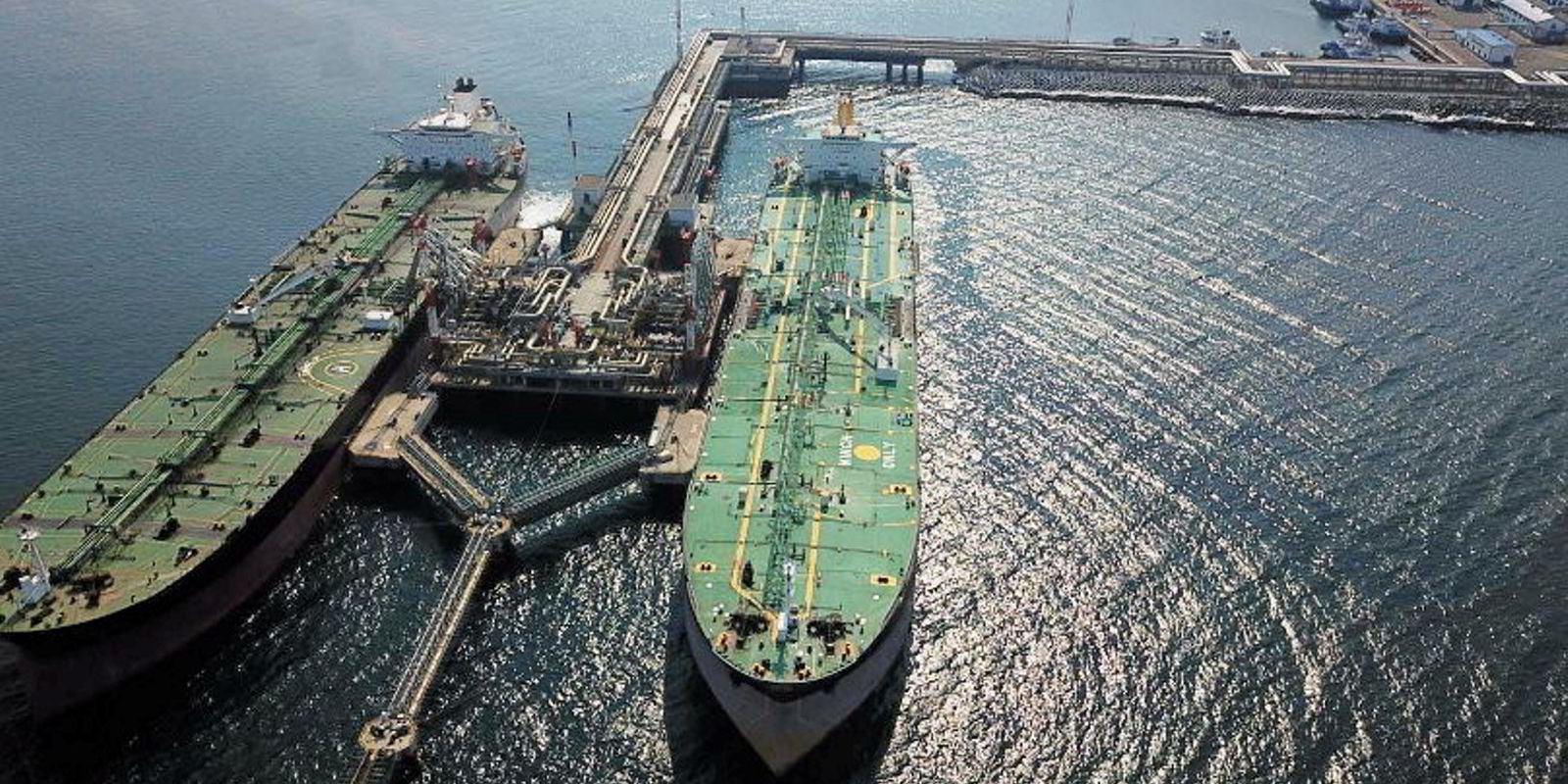The shadow fleet of tankers hauling Russian oil is likely to stagnate at around 400 ships while European owners continue carrying price-capped barrels, according to data analyst Kpler.
Senior crude analyst Homayoun Falakshahi said there is no obvious need for the fleet to grow — even as Russian oil production and exports hit some of their highest levels since the start of the war in Ukraine.
“For now, there’s no need to expand that fleet,” he told a webinar. “And so we think we see that stagnating at the current level of 400 ships.”
Analysts and brokers have generally put the current size of the dark fleet at between 100 and 600 ships, depending on how they categorise them.
S&P Global, which provides ship numbers for the International Maritime Organization, has estimated the total Russian dark fleet at 443 tankers as of the end of February.
The S&P Global analysis included ships with Russian ownership; ships that had made their first Russian port calls after the start of the price cap regime on 5 December; and ships with unknown ownership. They did not include vessels that hauled Russian oil but were believed to operate within the price cap regime.
Expansion of the so-called dark or shadow fleet was driven by a booming market in secondhand tankers as owners offloaded ageing assets to Chinese and Middle Eastern buyers seeking to tap into bumper rates for hauling Russian oil.
French shipbroker BRS Group said 59 suezmaxes were sold in 2022 compared with 38 in the previous year, and more than 60% of those were aged 15 years or more. Aframax sales also rose, with 142 transactions last year compared with 129 in 2021.
It said mainstream shipowners seeking to improve the environmental performance of their fleets are likely to continue to offload older units that could end up in the dark fleet.
The changes in Russian-related trade had led to a complete pivot in Russian oil sales, with 90% of barrels heading to Asia — particularly India — compared with two-thirds going to Europe before the invasion of Ukraine, said Kpler.
The changes in the market have driven Russian production and exports to new highs since the start of the war, according to Falakshahi.
“We believe [Russian] production in February passed beyond 11m barrels per day [bpd]… by far the highest level since the war against Ukraine started,” he said.
Oslo-based Rystad Energy also reported on Thursday that Russian crude production has remained resilient despite the European ban on imports and the price cap for oil shipped to countries outside of the continent.
Claudio Galimberti, its senior vice president of analytics, said Russia is on course to pump 10.9m bpd, when it had previously been expected to fall below 10m bpd.
Deputy prime minister Alexander Novak has said Russia would cut production by 500,000 bpd from March until the end of June.
“Is it the fact that maybe Russian authorities are trying to obfuscate the market about what’s really going on in the country?” asked Falakshahi.





